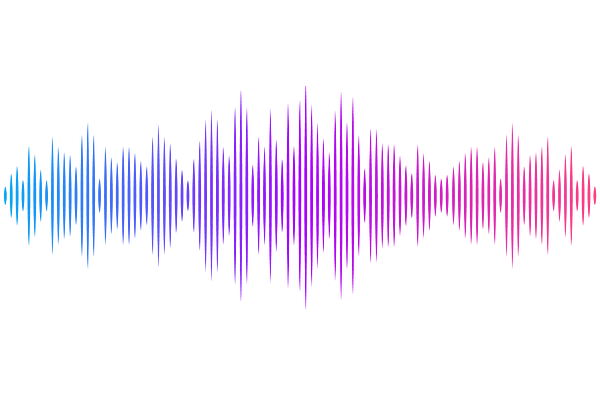Mapping the Learning Curves of Deep Learning Networks

Mapping the Learning Curves of Deep Learning Networks
Jiang, Y.; Dale, R.
AbstractThere is an important challenge in systematically interpreting the internal representations of deep neural networks. This study introduces a multi-dimensional quantification and visualization approach which can capture two temporal dimensions of a model learning experience: the "information processing trajectory" and the "developmental trajectory." The former represents the influence of incoming signals on an agent's decision-making, while the latter conceptualizes the gradual improvement in an agent's performance throughout its lifespan. Tracking the learning curves of a DNN enables researchers to explicitly identify the model appropriateness of a given task, examine the properties of the underlying input signals, and assess the model's alignment (or lack thereof) with human learning experiences. To illustrate the method, we conducted 750 runs of simulations on two temporal tasks: gesture detection and natural language processing (NLP) classification, showcasing its applicability across a spectrum of deep learning tasks. Based on the quantitative analysis of the learning curves across two distinct datasets, we have identified three insights gained from mapping these curves: nonlinearity, pairwise comparisons, and domain distinctions. We reflect on the theoretical implications of this method for cognitive processing, language models and multimodal representation.